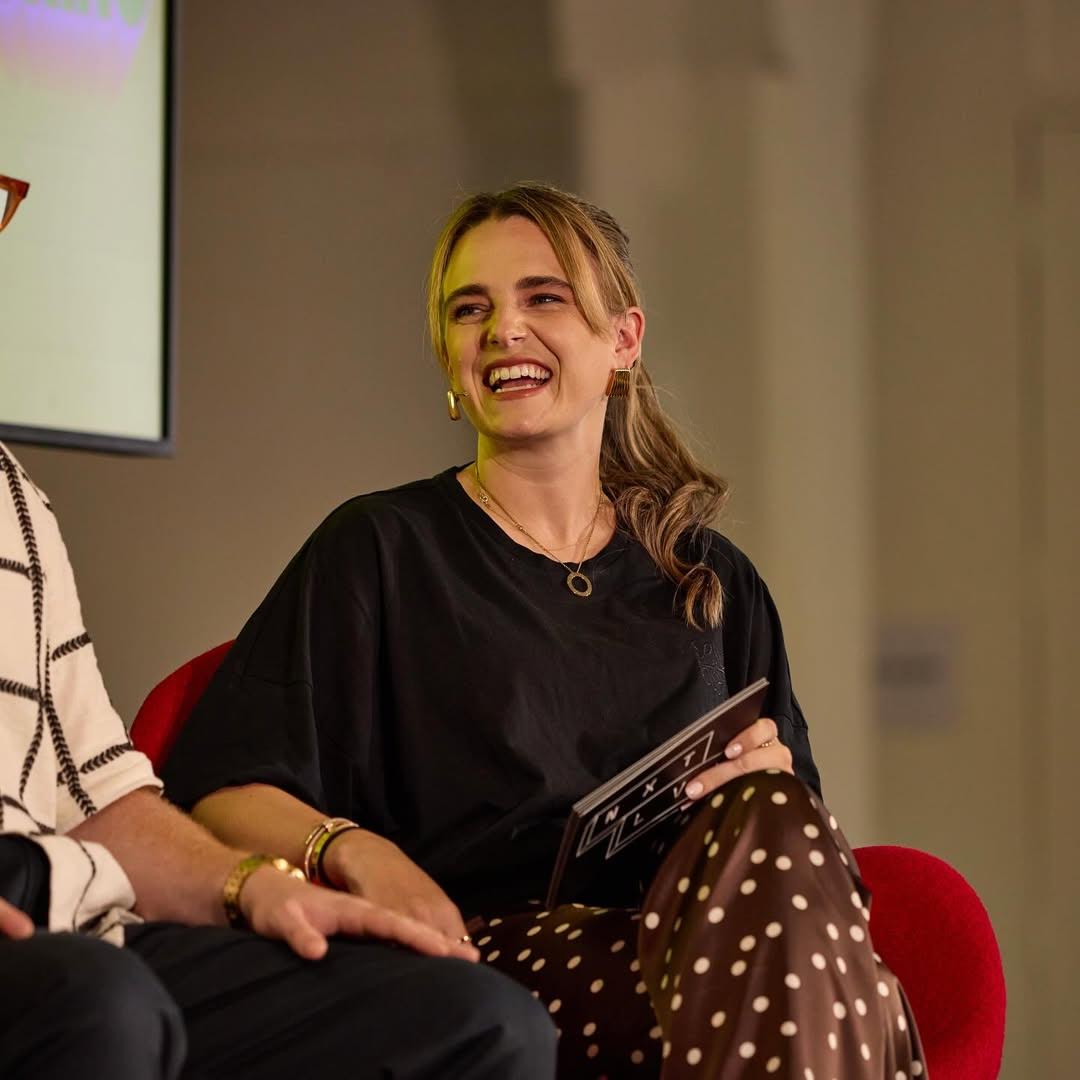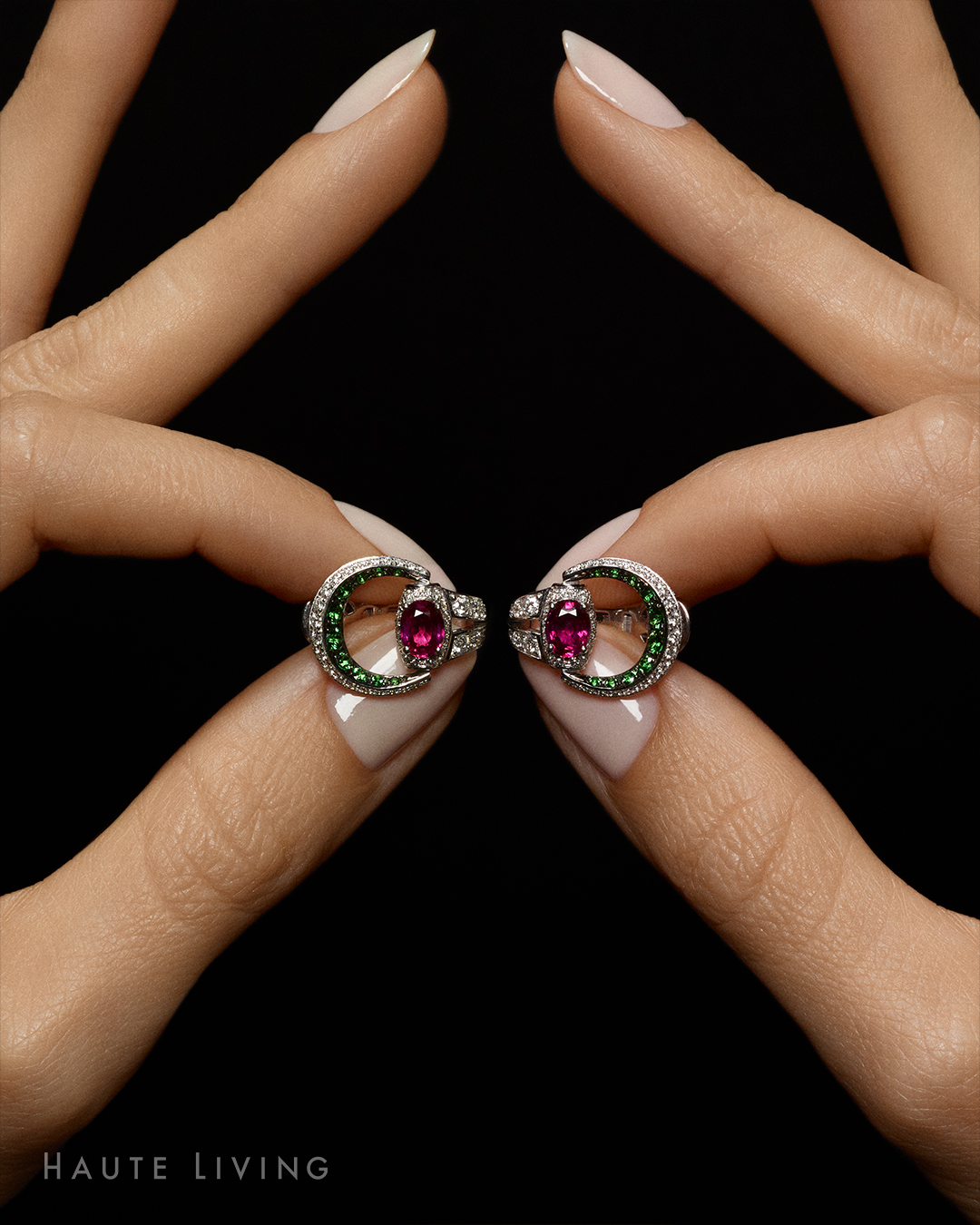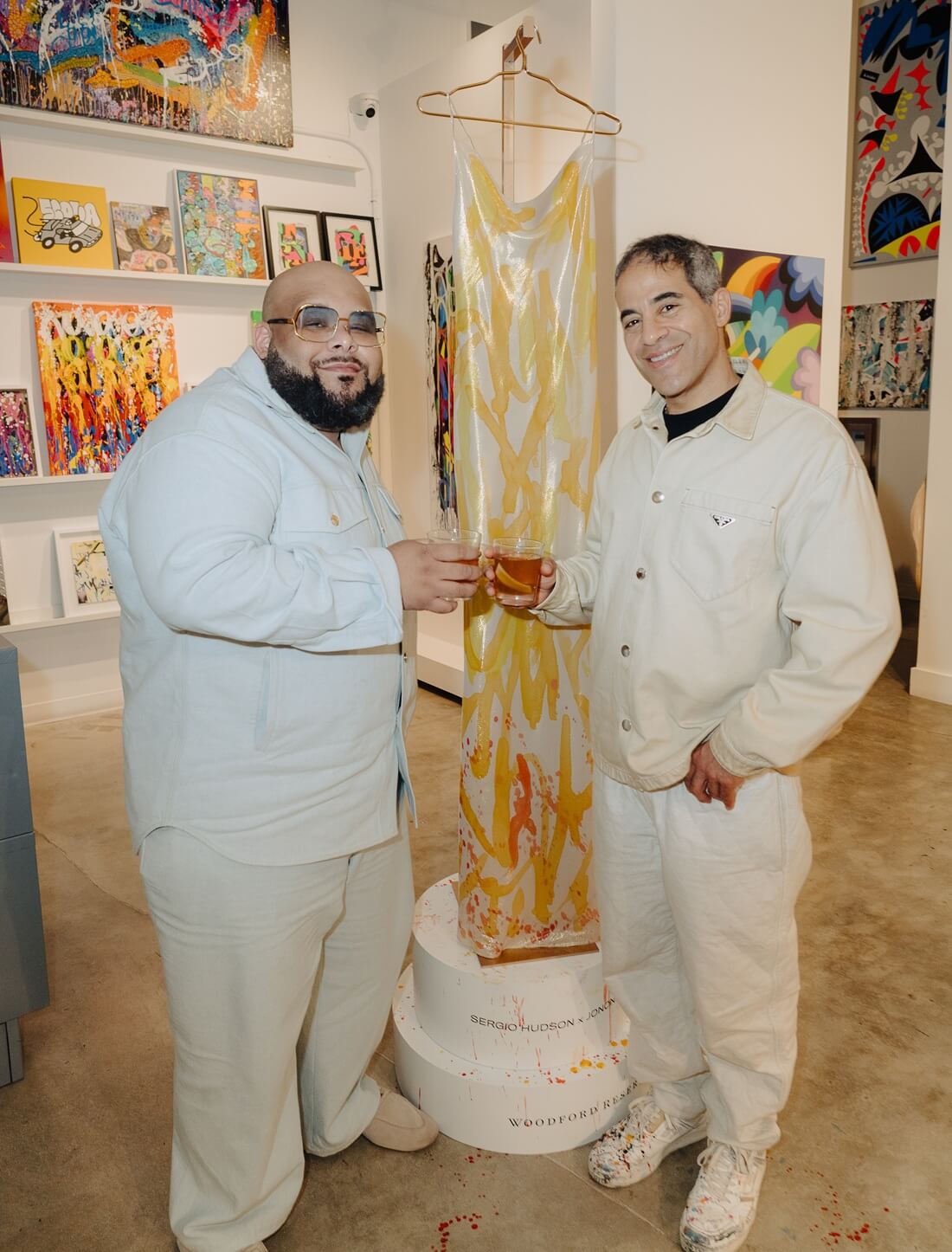Steven Tyler Gets Candid On His Aerosmith Past, His Sobriety & His Charity, Janie’s Fund
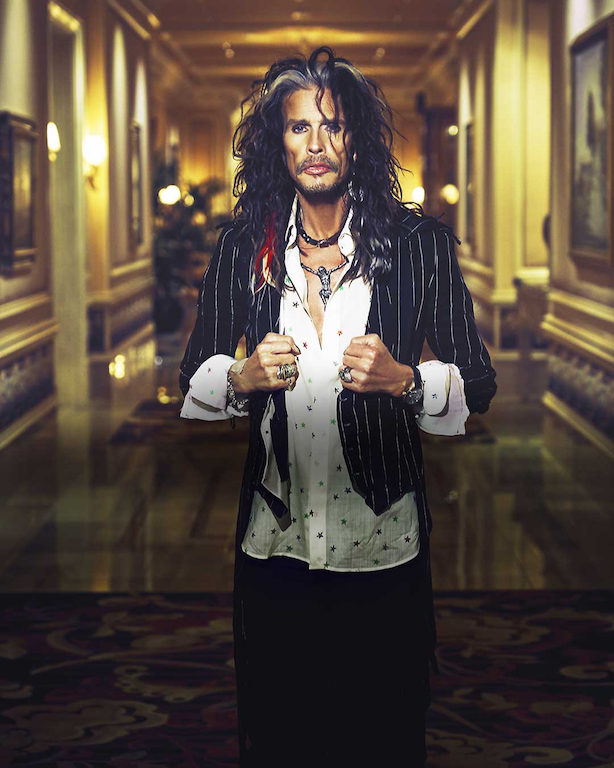 Photo Credit: Brian Bowen Smith
Photo Credit: Brian Bowen Smith
Photographer: Brian Bowen Smith
Styling: Aimee Preston
Makeup + Grooming: Melina Farhadi
Coordination: Clif Loftin
All clothing and accessories: Steven Tyler’s own
Steven Tyler opens the door and welcomes us into his villa in Las Vegas where he has agreed to host our cover photo shoot. He’s dressed in a T-shirt and jeans, his hair loosely pulled back in a ponytail. He greets us with that famous, big smile and gives each of us a hug as we walk in. In the living room Aimee, his live-in love, has added some personal touches—scarves over lamps, hats hanging on sconces as you enter, candles and incense burning…all making it feel like home during his stay while performing a residency with his legendary band, Aerosmith, titled “Deuces are Wild” at the MGM Park Theater.
At 71, Tyler’s energy and vision for his career—and this photo shoot—are very clear. He knows what he wants and how he wants it; being the conductor as well as the muse. This is how he has authored the story that began the journey of Aerosmith, with an unwavering vision for what he knew he always wanted to become: a rock star. And there was no plan B. He remembers having a conversation with the band before they moved together to Boston. “I looked at every one of those f***ing guys and went, ‘You in? Are you in it? You in it?’” he recalls. “‘You are not gonna tell me your father is gonna call you up and tell you [that] you need to have a second career—did your father say that? He didn’t? You promise?’ Keep in mind the kind of guys you have. You have Tom Hamilton, lost child. Brad Whitford, last child. Joe Perry, a country bumpkin just like me [with] a father that played guitar and a mother that was a gym teacher. So it was ripe for the picking. We all wanted to do it. We wanted to have something to prove to people. And do you know until this second, every night when you see us, we are still up there trying to prove something to people.” And that was the beginning. Tyler was the voice that ultimately united five guys with the same dream.
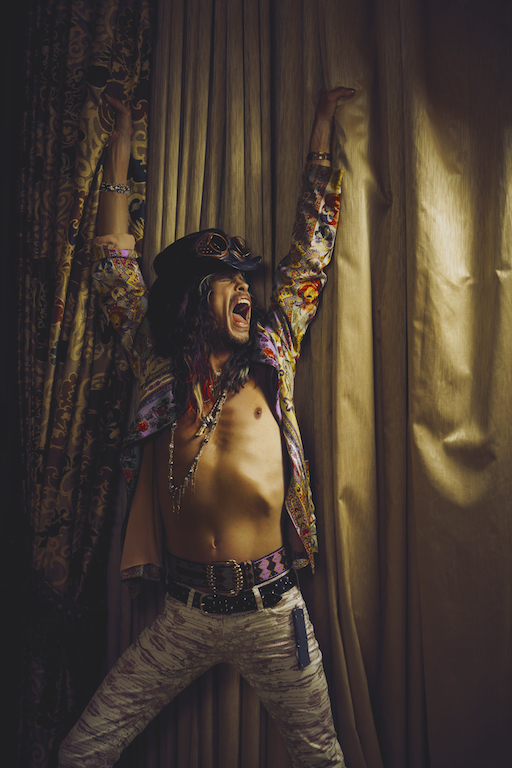 Photo Credit: Brian Bowen Smith
Photo Credit: Brian Bowen Smith
That dream didn’t come without certain challenges and obstacles. Today, almost 50 years since Aerosmith rocked the radio waves with its electric and poetic music, Tyler is ready to talk candidly about the circumstances that almost killed that dream in its infancy and how it has survived the music industry, now performing live in Vegas. “Imagine that your biggest dream is that you wanted to be signed to a label,” he says. “It was our only dream. However, our managers f***ing lied to us. They had a deal with the label, and we weren’t signed to a label. But that didn’t stop us. Or imagine, for instance, finding out that one of your albums sold 22 million copies—remember back then they were CDs? And CDs sold for $19 apiece, and so what’s $19 times 22 million? Roughly $418 million. Then, what’s thrown at you is that the band has to pay for a thing called packaging and soft goods. So now… the band wants to know, ‘What’s that?’ Only one person asked that question—it was moi,” he continues. “I found out from my A&R man. And what did we make on that album? I won’t even tell you because I don’t want to get in a lawsuit. That was the second coming of Aerosmith. Between our management and our money people, we did not get what we deserved, and those two things are what I will tell you. How did I survive in the music business? By being in a band that sat together in New Hampshire, New England in the 1970s that had a dream.”
Tyler had come back from Woodstock when he and Joe Perry had the run-in that would change both of their lives, “I’m mowing the lawn [and] in my driveway pulls in, in an MG sports car, Joe Perry—hair down to here, glasses broken with white tape,” he says. “The nerd that you saw in all those nerd movies in the ’80s? Joe Perry. And he goes, ‘Hey man, what are you doing up here?’ And I don’t remember if I knew him. [Perry continues,] ‘My band is playing at The Barn. I’ve seen your band playing there many times,’ ’cause we played from ’67, ’68, ’69, ’70. Every summer I would go up there and play at The Barn.” And Steven went that night, and he realized that this was a real opportunity for something amazing. He recalls, “I had no more band, and then I saw him, and I thought, ‘If I can take my ear that my father gave me and add it to his jam band, then I can have what magic I know the Stones had, The Who had, The Kinks had, The Beatles had. They all had some magic. What was that? The Beatles: Paul McCartney and John Lennon; the Stones: Mick Jagger and Keith Richards; Led Zeppelin: Jimmy Page and Robert Plant. Every one of those big bands had a magic element: two guys. I never had a brother, and nothing looked as cool as Joe Perry.” And so, they all moved to Boston, after Perry’s parents lent him money to buy a Ken Kesey-style bus to get around in, and an apartment.
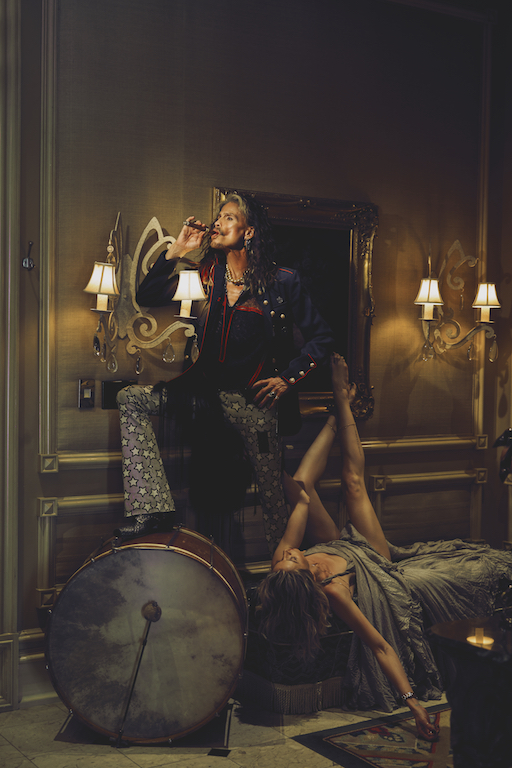 Photo Credit: Brian Bowen Smith
Photo Credit: Brian Bowen Smith
“In fact, on the way down to Boston from New Hampshire I thought, ‘My God, we are going to be in a band. This is going to be a good one,’” Tyler remembers. “And then I thought, ‘What am I going to write songs about? If I’m standing in front of a crowd, what would I sing?’ So I would probably say, ‘Good evening, people, welcome to the show. Got something here I want you all to know.’ And then I thought about a book I had just read that John Lennon was talking about…He read a book written by Arthur Janov, The Primal Scream, about just getting it out of your system. Mom died, Dad left, and you know—scream therapy. So, ‘Good evening, people, welcome to the show. Got something here I want you all to know. When life and people bring on primal screams, you got to think of what it’s gonna take to make your dreams.’ So I wrote my first lyric, and then I grabbed my guitar, and I tuned it to an open cord. And one good thing my dad gave me as a gift ’cause he went to Juilliard—I grew up under the piano. So I had an ear. Not only did I know scales, I knew not only the notes [but also] the sharps and the flats, and more importantly, what lives in between notes.”
Previously, Tyler hadn’t been willing to discuss the truth behind all the hit records he created along with the rest of Aerosmith. “I want to live somewhere between the songs and what they do to people and the truth,” he says. “I feel that if I told the truth about a lot of things, it would ruin the ride for people. They are very interesting stories, but I had found and come to the conclusion that I’d rather have them hear the song and love the song.” That is until today. “We don’t want to fight. If anything, we want to be riding on a surf board a mile out on a huge wave of songs, a career of songs all the way into the beach,” he maintains. “That’s what we do it for. Each sequence of albums was that. And when I look back, I go, ‘19 albums in over WTF… we’ll never know ’cause we never really told the truth about what we went through,’ which is one of those stories. Do you want to go into it?” He ponders. “Or do you want people to just love that album? Do you want to make that a big-deal story, or do you want people to know what you [Aerosmith] didn’t know because you were high on drugs, and your managers and your record label f***ing loved that about you. They loved that about the band. Our first managers loved that we were stoned. Our record label, they loved that we were stoned ’cause they knew we weren’t looking at any of the money transactions. And oh, isn’t that how it’s always been… that side of the music business that is just a f***ing dark, dirty, trench of lies, of lawyers.”
The battle with drugs that Tyler and the rest of the band faced was well-documented during their career. “Aerosmith made it from ’72 to ’79 not necessarily stoned, but beautiful… then we all became very f***ed up,” he says. “There were no such things as rehabs; there were mental institutions. I went away in ’84 and ’86, and I didn’t really get it. The early ’80s were terrible, and drugs took us down. I was the first one to get treatment. There was a moment in ’88 where management and the band pulled an intervention on me. They thought, ‘Get the lead singer sober, and all our problems would be over.’ So, I got sober, and you know it took me many years to get over the anger of them sending me to rehab while they went on vacation. But today because of that moment… I am grateful and owe a thanks to them for my sobriety,” he adds. “I met my ex-wife Theresa, and I had two more beautiful children. The band hired a new company, Geffen Records, and a great A&R man named John Kalodner. We all had a manager that helped us fight that battle together. You may never have done cocaine or heroin, but you hear it, and you go, ‘Woah, you were a heroin addict?’ And I would say, ‘Yeah, but that’s nothing compared to when a band writes their own songs and plays them and hears them back in a recording studio on these speakers that are bigger than life. Then, you are on the radio … there is no drug stronger than music. My sobriety cost me nothing less than everything.” Ultimately, what transformed Tyler’s life is his sobriety.
 Photo Credit: Brian Bowen Smith
Photo Credit: Brian Bowen Smith
Three years into his sobriety, Tyler, of his own volition, chose to find a deeper knowledge around codependency issues so he could be closer to his bandmates. He checked himself into a program at Sierra Tucson and during that time, he came head-on with women who had been terribly abused. In considering the women in his life and his desire to protect them and provide a safe place, he wrote the song “Janie’s Got a Gun” with bass player Tom Hamilton, which earned Aerosmith its first Grammy. “Janie’s Got a Gun” also led to Janie’s Fund—a passion project and foundation that supports abused girls. “I got to thinking, ‘Wouldn’t it be something if I could have a Janie’s Fund?’ So, instead of ‘Janie’s Got a Gun,’ Janie’s got a Fund and have a Janie’s House,” he recalls. “It was an early dream, and sure enough, 20 years later I met with some folks from Youth Villages that adopted me. My manager at the time introduced me to them. It was another dream come true.”
Youth Villages is a leading nonprofit organization that began 33 years ago and is headquartered in Memphis, Tenn. It is considered the most effective nonprofit working with abused and neglected kids and families in America. Richard P. Shaw, Chief Development Office for Youth Villages Janie’s Fund, joined our conversation. “We’ve been recognized by the White House, Harvard Business School [and] U.S. News & World Report as one of the most effective organizations in the country, addressing the issue of abuse and neglect with kids,” he says. “Taking [Steven’s] voice, his passion, his platform and combining it with an organization like Youth Villages that is best in class, would allow Steven to do what he was best at—bring awareness to this issue of what happens to kids in America.”
On November 8, 2015, on the 26th anniversary of the release of “Janie’s Got a Gun,” the charitable initiative was launched together with Youth Villages. In its four years of existence, more than 3,500 supporters from over 40 countries have contributed to Janie’s Fund, helping raise upwards of $7.5 million. Proceeds raised to date have directly provided 167,000 days of counseling and trauma-informed care for more than 1,200 girls, including 30 girls who receive safe, therapeutic services in its two Janie’s Houses, in Memphis and Douglasville, Ga., on a daily basis. “The one program in particular that it supports is a program called LifeSet,” Shaw notes. “LifeSet is a program that works with young women ages 17 to 22 that have grown up in the foster care system, which means they’ve come into foster care because they’ve been abused or neglected. They spend years in the foster care system and oftentimes experience even additional trauma being shifted around, going from family to family, never having any stability or permanency. How it works is half [of] the money we raise every year goes directly into the program—there’s no administration, there’s no overhead. Then [the other] half of it is put into a permanent account that is going to grow over time and outlive us all. This issue that we’re addressing is unfortunately going to be here forever, so we’re trying to create something that’s immediately [having an] impact and helping girls, but also is going to grow over time. This is the legacy that his daughters and son and his grandkids can carry on into the future. [Tyler’s] legacy is not just this amazing, iconic, talented, force-of-nature rock star, but it’s also this caring, loving, passionate man that saw his purpose in life [was] not just about music, but also about caring for others. That’s the legacy that I wake up to every day and I’m excited to help him develop that.”
In addition to Janie’s Fund, Tyler’s legacy will be the brotherhood that he has nurtured with his bandmates: Joe Perry, Brad Whitford, Tom Hamilton and Joey Kramer. “I stayed in this band because I know the power that Joe and I have from all the songs that we’ve written, or Brad and Tom and Joey,” he says. “Joey has been here through thick and thin. I have had many times in my life where I just couldn’t handle, whether it was a marriage or my addiction had reared its ugly head, and the rest of the guys in the band are not unlike that. But we have all seen each other through it, and we are here today. My whole life is dreams coming true. I am so beyond grateful for it all.”
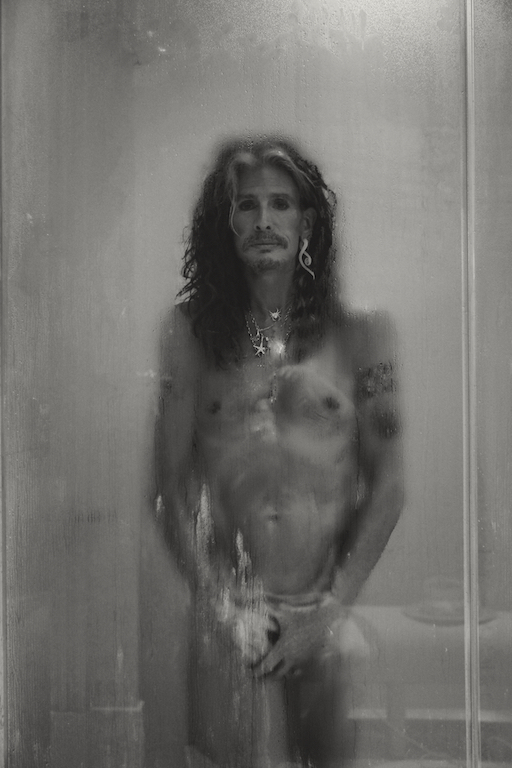 Photo Credit: Brian Bowen Smith
Photo Credit: Brian Bowen Smith Photo Credit: Brian Bowen Smith
Photo Credit: Brian Bowen Smith
In 2020, Aerosmith will celebrate 50 years together. In honor of this incredible benchmark, the Recording Academy announced that the band will be honored as MusiCares Person of the Year. “Every morning I wake up, and I ask God to please enter my mind before I do,” Tyler shares. “Half measures avail us nothing, and beware of the half-truths because with drugs and alcohol, it’s likely that you got a hold of the wrong half. It becomes not about me anymore. It’s about carrying the message and the people that are going to die if I don’t get this. What makes me an alcoholic is not how much I drank or how often I used, or who I did any of that with. It’s what happens to me and who I become when I do, and I don’t like that guy.I will always support MusiCares because it helps people weave a parachute out of everything that has been broken.”
As the day comes to an end and the night unfolds, it’s showtime. Performing to a sold-out show in Vegas, the energy is electric as Aerosmith takes center stage, and Tyler’s voice fills the room. Fans stand the whole show, singing along to every word. His performance is better than ever before in his life. “I am so grateful to realize this magic in writing these songs that have a life beyond my own,” he notes. “I look at Joe all the time, and I said to him the other night, after we played “Movin’ Out,” the first song that we ever wrote together, ‘Do you realize that we wrote that song 48 years ago?’ I’m so grateful to be able to re-enact these moments and be in that band with the body I have. My isms are one of the best things I like about myself, but that part of me that is so f***ed up, if you will, is also what pushed this band and what wrote those songs and what felt the need to.”
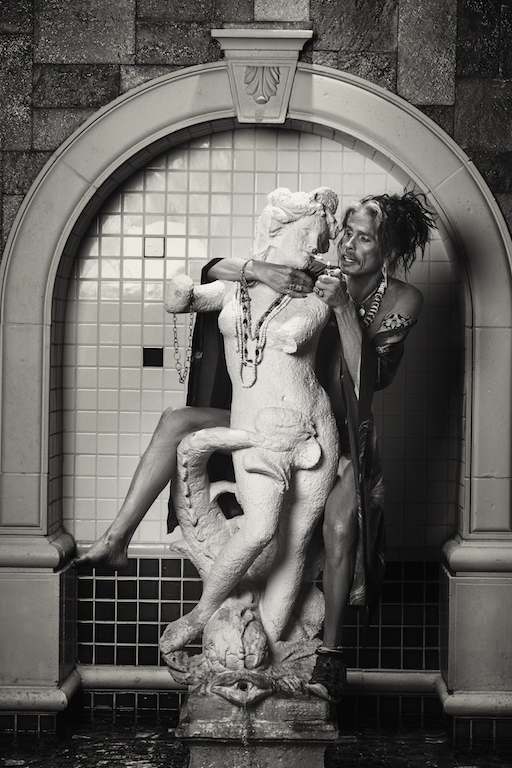 Photo Credit: Brian Bowen Smith
Photo Credit: Brian Bowen Smith
When asked about Aerosmith’s residency in Las Vegas, he replies, “They hear us play good old rock ’n’ roll, and there are no samples. I sing in the same key, and Joe plays like a madman. Listen, I get to stand next to Joe Perry—he is a true rock star, one of the last. He’s just the greatest. He survived. And keep in mind, something that no one talks about is loud noise,” he points out. “Loud noise at certain dBs, like 100 dBs, becomes exponential. We’ve been playing at those volumes, and it goes in, so we have, to a certain extent, PTSD. And by going onstage… trying to make ourselves palatable to an audience to win them over, it’s like going to war, and the volume is like woah, and people don’t treat us like that. They think we are just drug-addict survivors. But we have survived that, too—sound goes in, and we leave the stage. I change stage clothes, I come back here. I’m sitting here tomorrow night after the show, and my ears are buzzing. I’m so wound up by those beautiful people that are singing along with the songs and freaking me out. Yet they leave there thinking, ‘I can’t freaking believe it,’ and guess what? Me too! And I’m here going, ‘What just happened?’ I can’t go out. I have to stay here. So the puppies are my solace. My lover right now and the guys—we talk to each other. That hasn’t happened in 25 years. The way we are with each other now, there is such magic there. And you can’t quantify it. That’s the thing. You talk dreams, but you can’t quantify it. So Brad didn’t want you to kiss his cheek. Now, you go out and you put your arm around him during “Last Child,” and you introduce him as the last child. And he feels you, and you feel him. That’s the way it should have always been.”
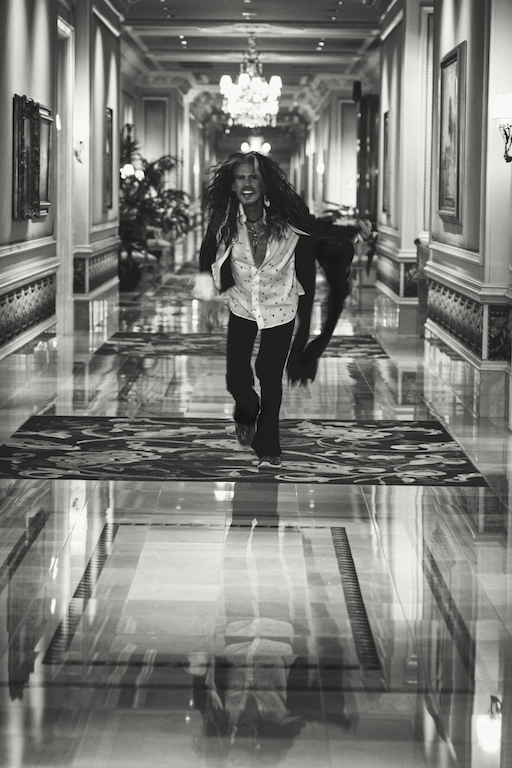 Photo Credit: Brian Bowen Smith
Photo Credit: Brian Bowen Smith


